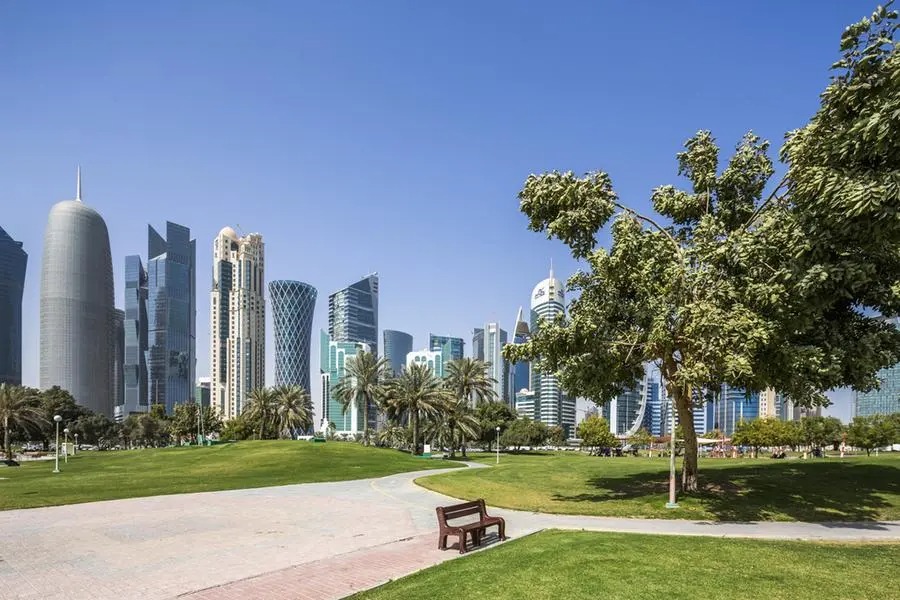Doha, Qatar
Qatar - Leasing trends have created a two-tiered office market in Qatar where demand is focused on an ever-decreasing Grade-A space, while older stock is lying vacant for extended periods with limited new demand, according to Cushman and Wakefield Qatar (CWQ).
"Pipeline supply is dominated by Lusail Towers, with three of the four landmark buildings allocated to QNB, the Qatar Investment Authority and the Qatar Central Bank. It is yet unclear as to how much, if any of this office space will be released to the wider market," CWQ said in a report.
With occupancy rates climbing across Grade A locations, it said upward pressure on rents is starting to re-emerge for the first time since 2015.
While the majority of Grade A office space in West Bay and Lusail can be leased for between QR100 and QR130 per sq m per month, exclusive of service charges, a select number of higher-specification buildings are looking to increase rents for vacant space, the report said, adding in secondary areas, office spaces leased as ‘shell and core’ can be secured for QR50-60 per sq m per month.
Office leasing activity remains dominated by government demand, particularly in prime office districts. CWQ estimate that about 120,000sq m of gross leasable office space has been leased or placed under offer in the in the first half of the year, with take-up mainly split between Msheireb Downtown and West Bay.
The most significant transaction in the second quarter (Q2) was the lease agreed by the government for the World Trade Centre Tower on the Corniche, which was vacated by QatarEnergy in 2022. This building provides approximately 58,000sq m of Grade A office accommodation.
"We estimate that available office space in West Bay has fallen to approximately 160,000sq m, reducing the vacancy rate in the district to less than 10%," it said.
Elsewhere take-up in Msheireb Downtown has seen availability fall to less than 5%, while there has also been leasing activity in Lusail’s various districts, CWQ said, adding overall availability in prime office district has now reduced to less than 15%, which contrasts to the secondary market across central and south Doha, where vacancy rates are significantly higher.
A significant amount of the take-up in prime office districts relates to the expansion and relocation of government departments from older buildings across Doha. "This is expected to lead to further increasing vacancies in secondary districts at the expiry of existing leases," according to the report.
For more Information contact: www.dxrprop.ae
Call/WhatsApp: +971501090635
Email: alnashra2013@gmail.com
– To write a special article about the name of your organization or company, you can write to the following email:

